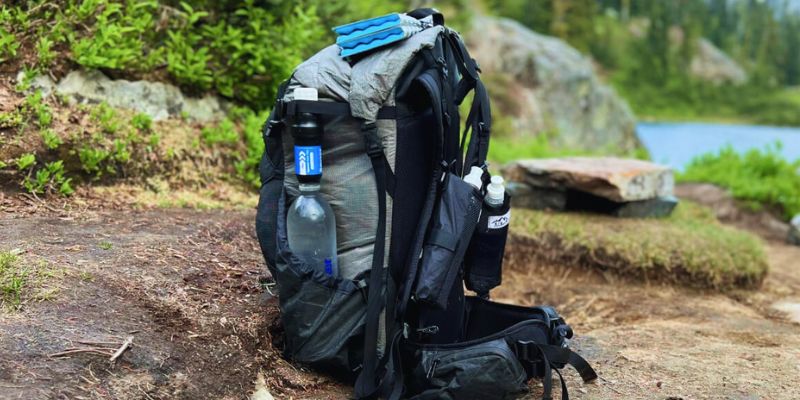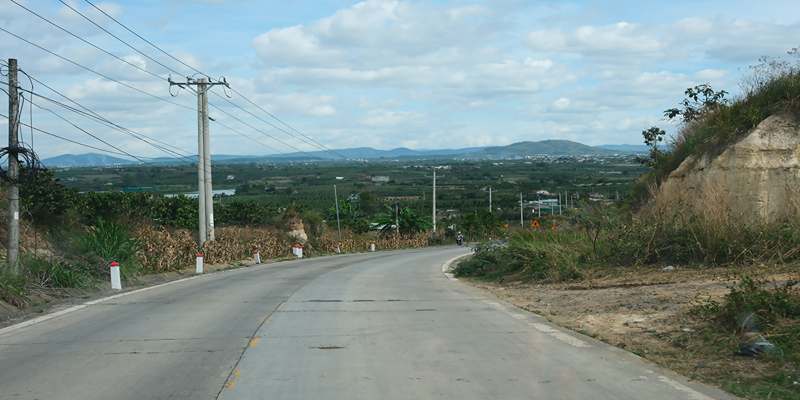Working outside is enjoyable and revitalizing. You find fresh air, sunlight, and a change of scene. However, sometimes, you need simple tools to enhance your training. For outdoor activities, a backpack is quite useful. It adds weight and forces your muscles to work harder. It will boost your strength and increase your calorie-burning power.
Using your bag as a weight, a backpack circuit workout runs numerous repetitions in succession. You could easily do it anywhere, including parks, paths, or your yard. You do not require elegant gym tools. This exercise is ideal for strengthening, increasing endurance, and keeping active outside. This article will teach you a basic yet powerful backpack circuit workout. It lifts your spirits and helps you get fitter.

Why Use a Backpack for Your Workout?
By adding extra resistance from a backpack throughout your exercise, your muscles will work harder than they would with simply your body weight. The added challenge helps you build strength faster and more effectively. Using a backpack has one of the nicest features—you can readily change the weight. Add or subtract books, water bottles, or weights to fit your exercise degree. It fits advanced and novice athletes for backpack exercises.
The backpack is easy to carry, making it great for outdoor workouts in parks or backyards. Anyone can attempt this low-cost substitute for costly gym equipment. The additional weight helps you engage your core and enhance your balance, improving your whole workout. Using a backpack will provide variation and maintain your body, which is challenging and develops over time if your workouts seem dull or repetitious.

How to Prepare Your Backpack
Adjusting your backpack properly ensures effectiveness and safety before you begin. Select a robust backpack that comfortably and securely fits your back so it won't move as you work out. Load it with a weight that seems demanding yet reasonable. Beginners should start with lesser weights—between 5 and 10 pounds—to prevent harm. You may add weight with everyday objects such as dumbbells, water bottles, or books.
Ensure the backpack's weight is balanced appropriately to save your back and maintain the correct posture. Dress in easy exercise attire and supportive shoes to avoid slippiness or discomfort. Pick a flat outdoor space for your workout, such as a park, trail, or backyard. Remember to keep water close for drinking needs. Finally, warm up for five to ten minutes before beginning the circuit. Easy motions like jumping jacks or jogging help your muscles become ready and lower your risk of damage.
The Backpack Circuit Routine
Six exercises total in this program. Spend thirty to forty-five seconds performing each exercise. Rest fifteen seconds between sets. Finish all six exercises, and then take one to two minutes for recuperation. Repeat the circuit two to four times, depending on your degree of fitness.
- Backpack Push-ups: Slouch the bag on your upper back. Assuming a push-up stance with hands shoulder-width apart, straighten your body head to heels. Slowly drop your chest by bending your elbows toward the floor. Then, push back up to the starting position. Targeting your chest, shoulders, and triceps, this exercise works. The bag increases resistance, thereby making it more difficult.
- Backpack Squats: Using both hands, hold the bag at your chest. Standing with your feet shoulder-width apart, as if you were seated on a chair, gently bend your knees and drop your hips. Keep your back straight and chest lifted. Work down until your thighs run parallel to the ground. To get back up, press through your heels. This exercise tones your glutes and legs and sharpens your core.
- Backpack Rows: Hold the bag by its top handle using both hands. Keep a slight bend in your knees and tilt forward at the hips. Straight back is what you should keep. Bending your elbows, pull the bag up toward your chest. At the top, squeeze your shoulder blades together. Gradually lower the rucksack.
- Backpack Lunges: Bring the bag up near your chest. Step ahead and drop your hips until each knee bends at 90 degrees. The rear knee should nearly ground itself. Push off your front foot to return to standing. Proceed similarly with the opposite leg. Lunges work your core, glutes, and legs. The backpack challenges these muscles even more.
- Backpack Overhead Press: Hold the bag at chest level and use both hands. Press it aloft until your arms extend totally. Engage your core and keep your back straight. Slowly slink the bag back to your chest. This exercise tones your arms, shoulders, and upper chest and strengthens shoulder stability.
- Backpack Russian Twists: Ground yourself, knees bent and feet flat. Closely to your chest, hold the backpack with both hands. For balance, gently slink back and raise your feet off the ground. Turn your torso to the right, then left, and move the backpack from side to side. This exercise targets your core and obliques and improves rotational strength.
Benefits of This Outdoor Backpack Circuit
Your body and psyche will gain much from the outdoor backpack circuit exercise. Working several muscular groups concurrently helps increase endurance as well as strength. This full-body approach also boosts calorie and fat burning, promoting general fitness and weight loss. Outdoor exercise offers extra benefits like fresh air and sunlight, which help reduce stress and lift your mood. Being outside is fantastic for mental health and can help to make exercise fun.
This regimen saves time and money, is simple, and lacks costly equipment or a gym. You may accomplish it anywhere—in a park, backyard, or trail. The extra weight in the backpack tests your core muscles and increases your balance, reducing your chance of injury. All things considered, this exercise increases functional fitness, simplifying daily chores.
Conclusion:
One quick and efficient approach to increasing your fitness is outdoor backpack circuit exercises. These combine the advantages of fresh air and sunlight with training in strength, endurance, and balance. A weighted backpack helps you develop stronger and faster by taxing your muscles more than body weight alone. You may complete this exercise anywhere without costly gym attire. While enhancing your general health and mood, it saves money and time. Including this regimen in your exercise schedule will help maintain your sessions' enjoyment and diversity.












